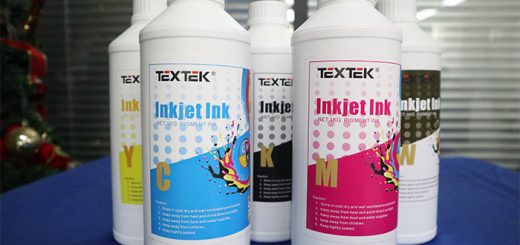Types and characteristics of textile fibres
Textile fibre (in the field of the textile industry) is the name given to the set of filaments that can be used to form yarns, which will later be transformed into fabrics by means of the spinning technique, or other physical or chemical procedures. In conclusion, the textile fibre will be the raw material that will make up the fabrics.
Textile fibres must meet the required qualities to be processed and converted into fabrics, and these are: length, colour, brightness, fineness, elasticity, resistance, elongation, resistance to heat, solvents, light, chemical reagents, among many others.
Textile fibres are naturally short in length, with the exception of silk. This length can range from 1 mm, as is the case with asbestos fibres, to some types of wool, which can be up to 350 mm long; these fibres are called staple fibres.
In the chemical field, textile fibres of indefinite length can be produced; such textiles are often similar to those produced by the silkworm, and are called filaments which can be trimmed to be similar to natural textile fibres or what is called staple fibre.
Textile fibres have different origins, and these are:
- Natural textile fibre: it has vegetable, animal and mineral origins. They are usually classified as natural fibres.
- Synthetic textile fibre: this type of fibre is made from chemical compounds, so it is usually classified as synthetic fibre.
- Artificial textile fibre: this type of textile fibre is a combination of natural fibre and synthetic fibre.
Textile fibres are classified as follows:
Natural textile fibres; natural textile fibres include:
- Cotton
- Wool
- Linen
- Jute
- Hair
- Silk
- Ramina
- Kapok
Synthetic textile fibres; synthetic textile fibres include:
- Nylon
- Polymer fibre
- Polyester
- Acrylic
- Spandex
- Rubber fibres
- Metallic fibres
- Mineral fibres
- Aramid fibres
Man-made textile fibres; man-made textile fibres include:
- cellulosic
- Protein fibres
By having knowledge about textile fibres, their compounds and classification, you will be able to make the right decision when choosing a textile for the printing of your T-shirts.







